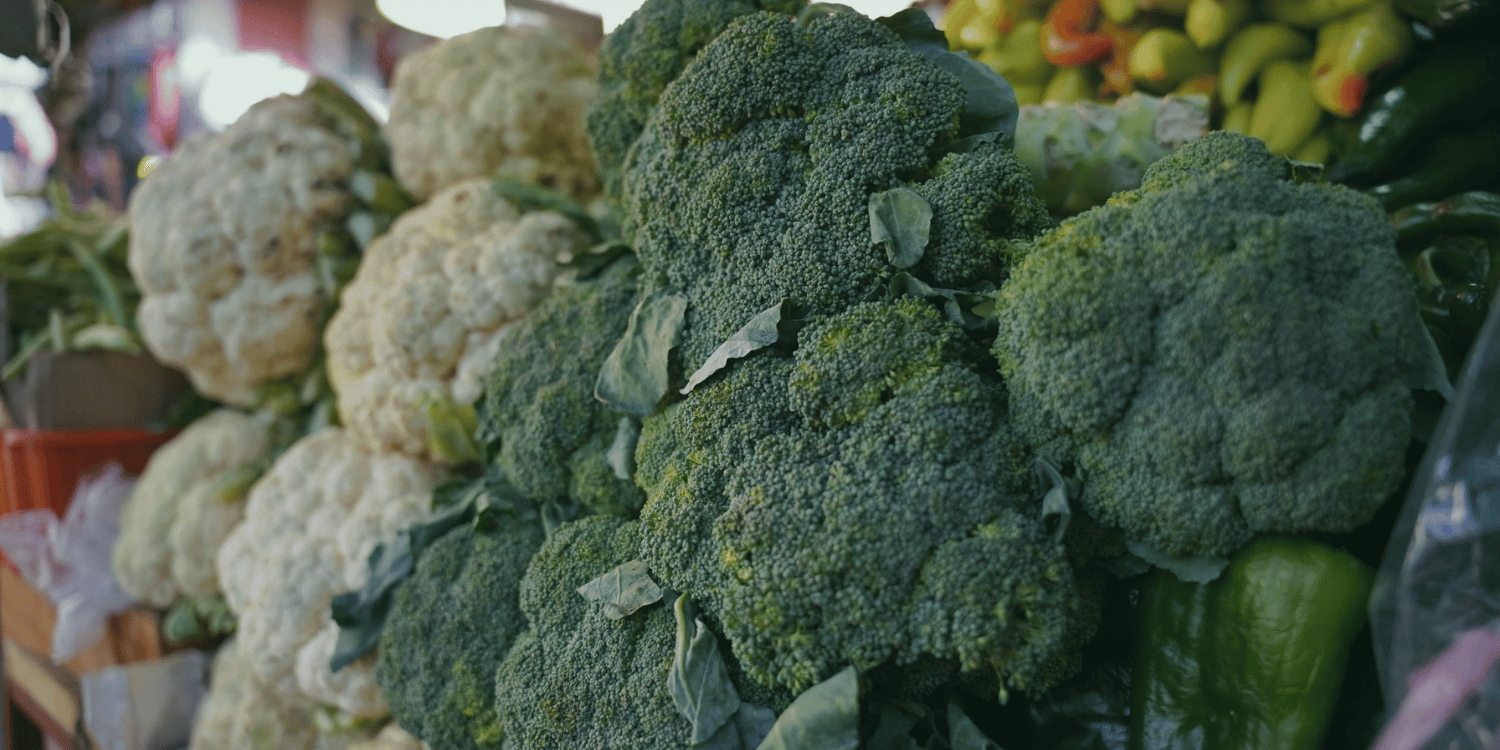New VTEX survey reveals key insights on consumer preferences, emphasizing the need for grocers to enhance their digital strategies and omnichannel experiences.
A recent survey conducted by VTEX, a prominent commerce platform for B2C and B2B brands and retailers, reveals a significant shift in consumer behavior towards online grocery shopping in the U.S. The study, which involved 1,000 U.S. adults, found that 69% of consumers purchase groceries online to some extent, highlighting the growing adoption of digital channels in grocery shopping.
The research emphasizes the importance of online grocery shopping in today’s market, suggesting a transformation in the retail landscape. As the grocery sector evolves, brands and retailers are encouraged to enhance their digital capabilities and omnichannel strategies. With an increasing number of consumers turning to online platforms for their grocery needs, optimizing the digital shopping experience is essential for meeting consumer demands and fostering customer loyalty.
One of the key findings of the survey is that online grocery shopping is becoming mainstream. Nearly half of the respondents (47%) reported ordering between 26-50% of their groceries online. Furthermore, 60% of participants indicated a preference for home delivery over other options. This demonstrates the need for robust omnichannel strategies within the grocery sector to cater to these preferences. Retailers who fail to align their digital offerings with these growing trends risk losing market share to competitors with more developed online systems.
Price sensitivity also plays a significant role in online grocery shopping decisions. According to the survey, 69% of consumers identified price as the most critical factor when choosing an online grocery service. Promotions such as free shipping (68%) and discount codes (65%) are attractive incentives that drive online grocery purchases, while 53% of respondents find membership or loyalty rewards appealing. The prominence of price as a deciding factor suggests that grocers could capitalize on this by offering strategic promotions and loyalty programs to build a more price-sensitive and dedicated customer base.
Transparency in the purchasing process emerged as another critical factor. The survey reveals that 45% of respondents value real-time order tracking, indicating a consumer demand for transparency and up-to-date information about their orders. This finding suggests that the implementation of order tracking systems could provide a competitive edge by meeting modern consumers’ expectations for visibility and control in their online shopping experience.
As noted by Dani Jurado, Executive Vice President of North America at VTEX, “The message from consumers is clear: they want robust, reliable online grocery shopping options. Grocers who may be on the fence about investing in their digital capabilities should take note. Success in this space isn’t about building the perfect system overnight, but about continuously evolving and adapting to meet consumer needs, delivering a seamless experience across every shopping channel.”
The growing importance of online shopping also presents opportunities for retailers to expand their product offerings. Vince Colatriano, Executive Vice President at HMart, a leading Asian food retailer, stated that the growth of online grocery shopping has opened new business avenues and transformed customer engagement. “From an operational standpoint, our online site behaves as a marketplace allowing us to expand the product assortment,” said Colatriano. This marketplace model enables third-party sellers to propose and submit products for approval, which, once accepted, appear on HMart’s online platform for sale to a broad customer base.
The VTEX survey identifies four key areas for grocers to focus on in the digital age: optimizing the digital shelf, scaling online operations, streamlining fulfillment, and fostering customer loyalty through unified commerce experiences. Addressing these areas is crucial for creating a seamless omnichannel strategy that aligns with consumer expectations and encourages repeat business.
Looking forward, as we approach 2025 and beyond, the ability of grocers to provide flexible, transparent, and value-driven online experiences will be vital to capturing and retaining market share in the increasingly digital grocery industry. Retailers who proactively adapt their digital strategies stand to gain significant advantages over their competitors in this dynamic market.
The survey, conducted in August 2024, was commissioned by VTEX and fielded by Dynata, a global market research firm. The online study gathered responses from a balanced mix of 1,000 U.S. adults, ensuring consistency and a national representation in terms of gender, age, and region.
VTEX, listed on the NYSE under VTEX, is a composable and comprehensive commerce platform aimed at enhancing efficiency and reducing maintenance for brands, distributors, and retailers seeking to make smarter IT investments. With 2,600 global B2C and B2B customers and 3,500 active online stores across 43 countries, VTEX provides solutions that empower companies to invest in what brings clear business advantages and increased profitability.
For more details on this trend and to explore the integration of online grocery shopping into the customer journey, visit VTEX’s website.




















